wire them together
configure them
manage their complete lifecycle
from creation till destruction. These objects are called Spring Beans
*
Victor Mozharsky
FindSlide.org - это сайт презентаций, докладов, шаблонов в формате PowerPoint.
Email: Нажмите что бы посмотреть

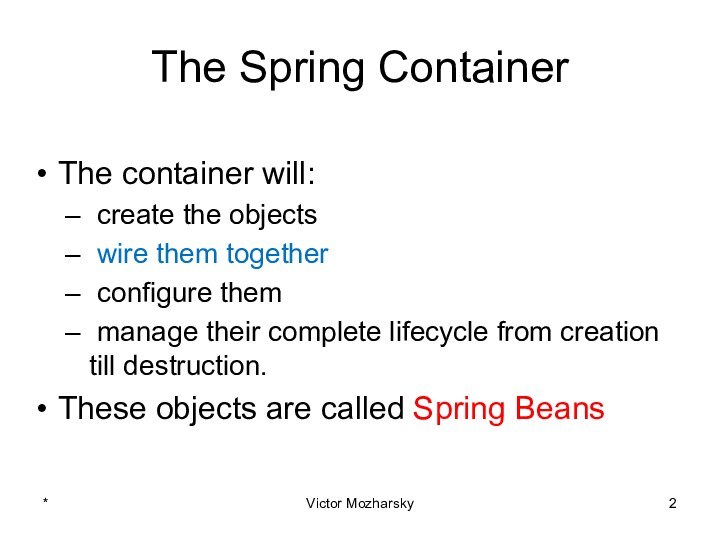


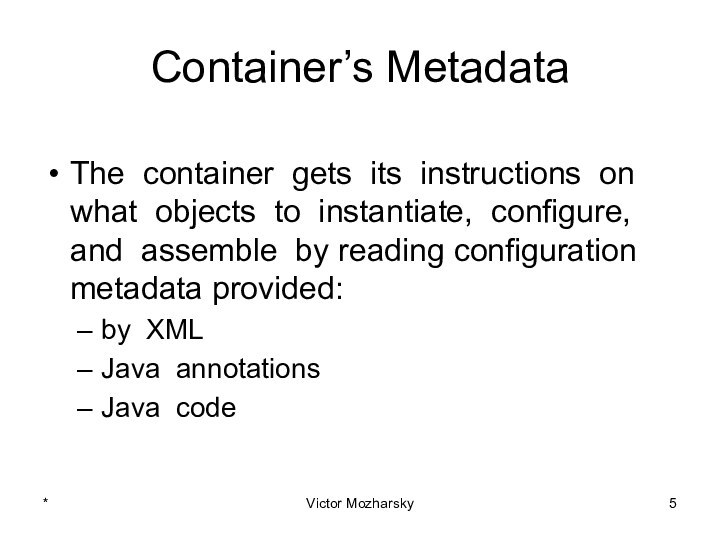








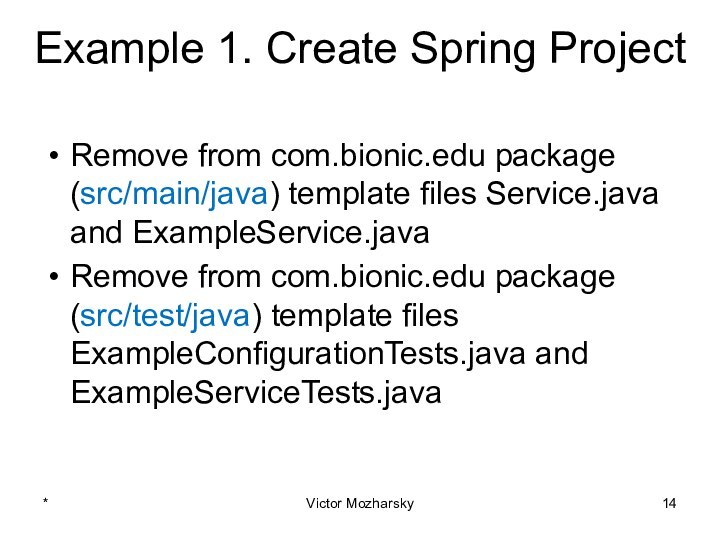
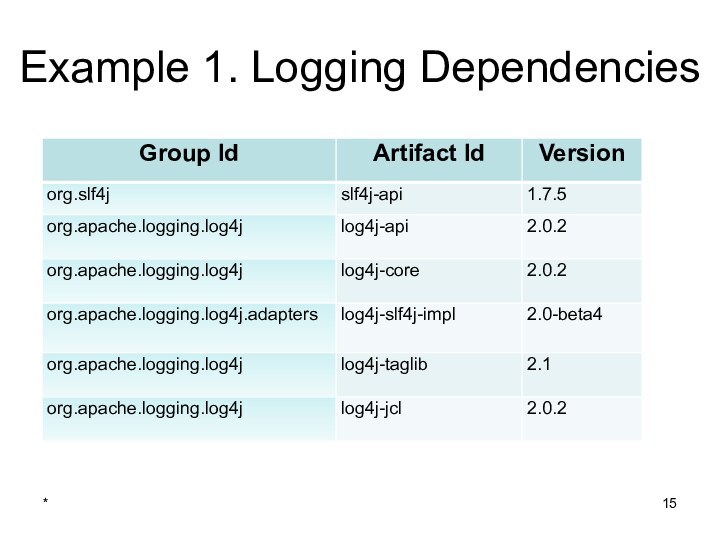
























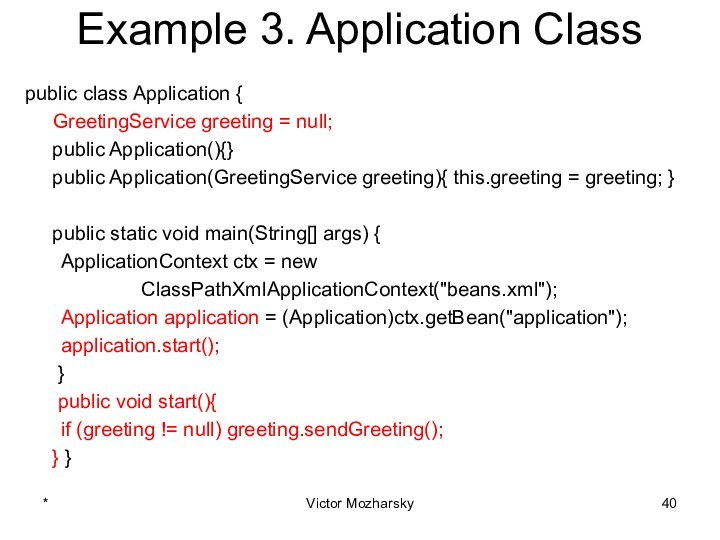


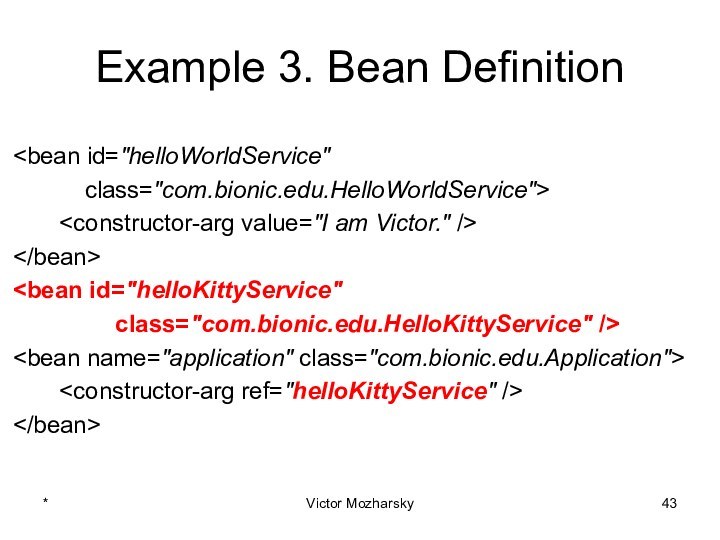





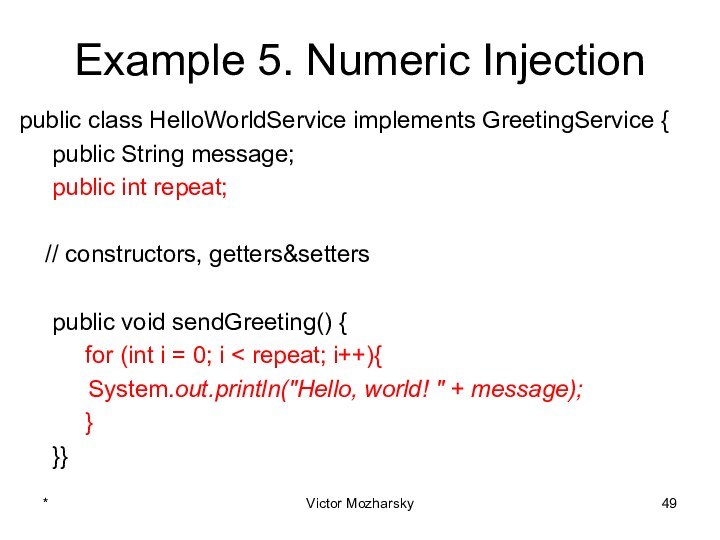










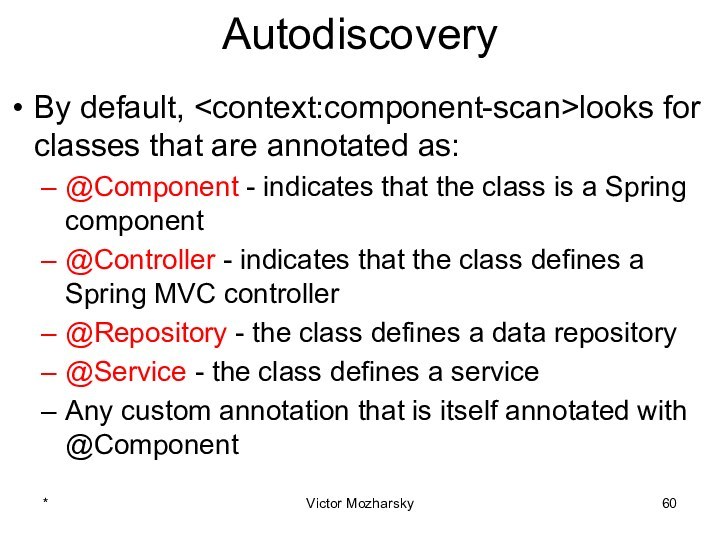









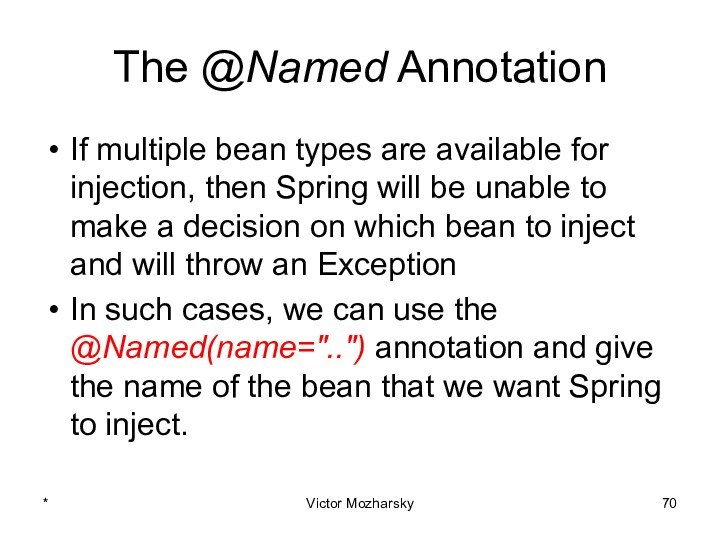
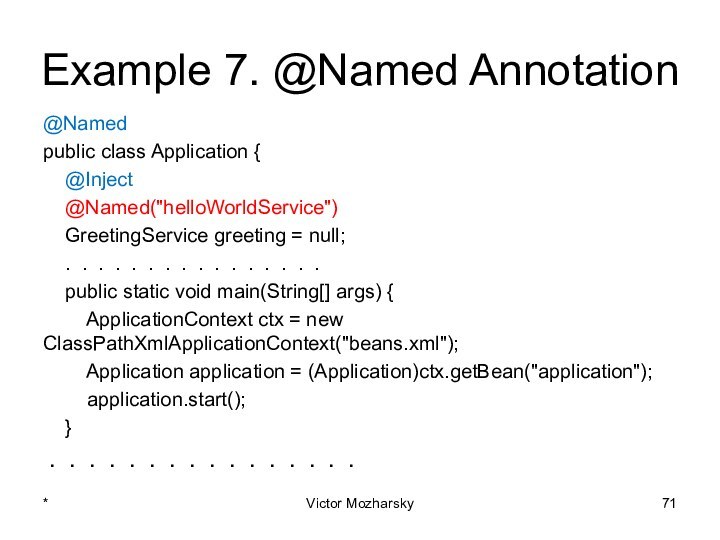


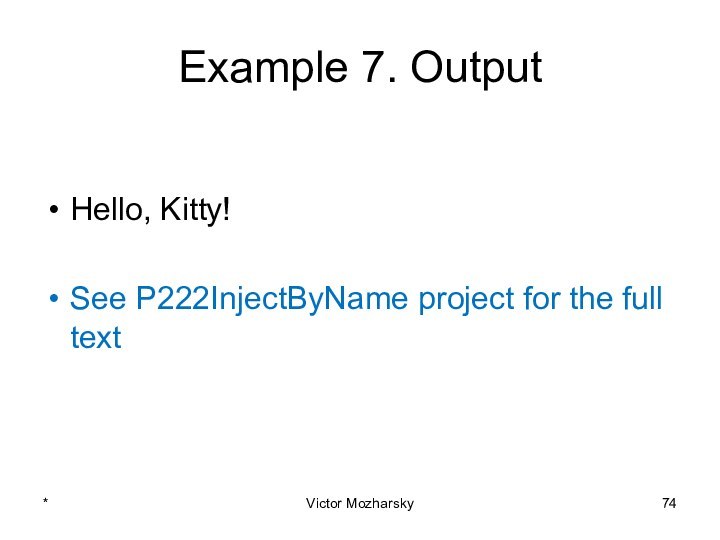
*
Victor Mozharsky
*
Victor Mozharsky
*
Victor Mozharsky
*
Victor Mozharsky
*
Victor Mozharsky
*
Victor Mozharsky
*
Victor Mozharsky
*
Victor Mozharsky
*
Victor Mozharsky
*
Victor Mozharsky
*
Victor Mozharsky
*
*
Victor Mozharsky
*
*
Victor Mozharsky
*
Victor Mozharsky
*
Victor Mozharsky
*
Victor Mozharsky
*
Victor Mozharsky
*
Victor Mozharsky
*
Victor Mozharsky
*
Victor Mozharsky
*
Victor Mozharsky
*
Victor Mozharsky
*
Victor Mozharsky
*
Victor Mozharsky
*
Victor Mozharsky
*
Victor Mozharsky
*
Victor Mozharsky
*
Victor Mozharsky
*
Victor Mozharsky
*
Victor Mozharsky
*
Victor Mozharsky
*
Victor Mozharsky
*
Victor Mozharsky
*
Victor Mozharsky
*
Victor Mozharsky
*
Victor Mozharsky
*
Victor Mozharsky
*
Victor Mozharsky
*
Victor Mozharsky
*
Victor Mozharsky
*
Victor Mozharsky
*
Victor Mozharsky
*
Victor Mozharsky
*
Victor Mozharsky
*
Victor Mozharsky
*
Victor Mozharsky
*
Victor Mozharsky
*
Victor Mozharsky